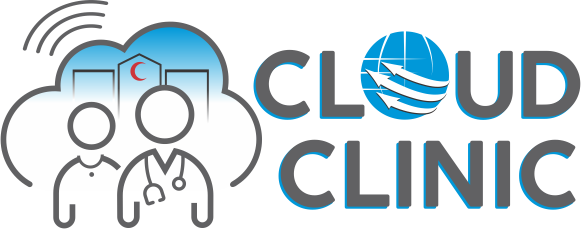Telemedicine, in past years, has transformed the healthcare landscape. This innovative approach uses technology to provide medical services remotely. The telemedicine industry has actively worked on diagnosing and providing timely feedback to patients.
Telemedicine has been particularly beneficial for managing chronic diseases. Telemedicine offers convenience, efficiency, and better access to healthcare, especially for those with long-term conditions.
Bringing Healthcare Home
Chronic diseases, such as diabetes, heart disease, and asthma, require regular monitoring and continuous care. Traditionally, this has meant frequent visits to doctors, which can be time-consuming and stressful. Telemedicine changes this by bringing healthcare into patients’ homes. With a computer or smartphone, patients can consult with their doctors from anywhere. This reduces the need for travel and allows for more flexible scheduling.
Real-Time Monitoring: A Game Changer
One of the biggest advantages of telemedicine is its ability to offer real-time monitoring. Devices like glucose monitors, blood pressure cuffs, and heart rate sensors can send data directly to healthcare providers. This means doctors can keep an eye on their patients’ conditions without the patients having to leave their homes. This constant monitoring can detect potential problems early, allowing for timely interventions.
Enhanced Communication for Better Care
Telemedicine also facilitates better communication between patients and healthcare providers. Through video calls, messaging apps, and online portals, patients can easily reach their doctors with questions or concerns. This immediate access can alleviate anxiety and provide reassurance. It also means that minor issues can be addressed before they become major problems.
Improved Health Outcomes
For patients with chronic diseases, telemedicine can lead to improved health outcomes. Regular virtual check-ups ensure that treatment plans are followed and adjusted as needed. This continuous care helps in managing symptoms and preventing complications. Additionally, telemedicine can provide access to specialists who may not be available locally. This broader access can lead to more accurate diagnoses and more effective treatments.
Supporting Medication Management
Another significant benefit of telemedicine is its ability to support medication management. For many chronic diseases, keeping track of medications is crucial. Telemedicine platforms often include tools for tracking prescriptions, setting reminders, and even ordering refills. This helps patients stay on top of their medication schedules, reducing the risk of missed doses or incorrect usage.
Empowering Patients Through Education
Telemedicine also offers educational resources that are vital for chronic disease management. Patients can access online libraries, attend virtual workshops, and participate in support groups. This information empowers patients to take an active role in their care. They can learn about their conditions, understand their treatment options, and make informed decisions.
Ensuring Privacy and Security
Privacy and security are essential in telemedicine. Reputable telemedicine platforms use advanced encryption methods to protect patient data. This ensures that all communications and records remain confidential. Patients can feel secure in knowing that their personal information is safe.
Support for Caregivers
The convenience of telemedicine extends to caregivers as well. For many patients with chronic diseases, family members or friends play a crucial role in their care. Telemedicine allows caregivers to participate in virtual consultations, stay informed about the patient’s condition, and communicate directly with healthcare providers. This support system is essential for comprehensive care.
Complementing Traditional Care
While telemedicine offers many benefits, it’s important to recognize that it may not replace all in-person visits. Physical examinations, tests, and procedures still require a visit to a healthcare facility. However, telemedicine can complement traditional care by handling routine check-ups and monitoring, making healthcare more efficient overall.
Insurance and Accessibility
Insurance coverage for telemedicine is also expanding. Many insurance providers now recognize the value of remote care and offer coverage for telemedicine services. This makes it a more accessible option for many patients. It also underscores the growing acceptance of telemedicine as a legitimate form of healthcare.
A Lifeline During the Pandemic
The COVID-19 pandemic has accelerated the adoption of telemedicine. During lockdowns and social distancing measures, telemedicine became a crucial tool for continuing care. Patients and healthcare providers alike have seen its advantages and are likely to continue using it even as the pandemic subsides.
Telemedicine – The Future of Chronic Disease Management
Telemedicine is not just a trend; it’s a new standard in healthcare. For chronic disease management, it offers a lifeline to patients who need regular, continuous care. By making healthcare more accessible, efficient, and personalized, telemedicine is improving the quality of life for many. It represents a significant step forward in the way we manage chronic diseases, providing a modern solution to an age-old challenge.







